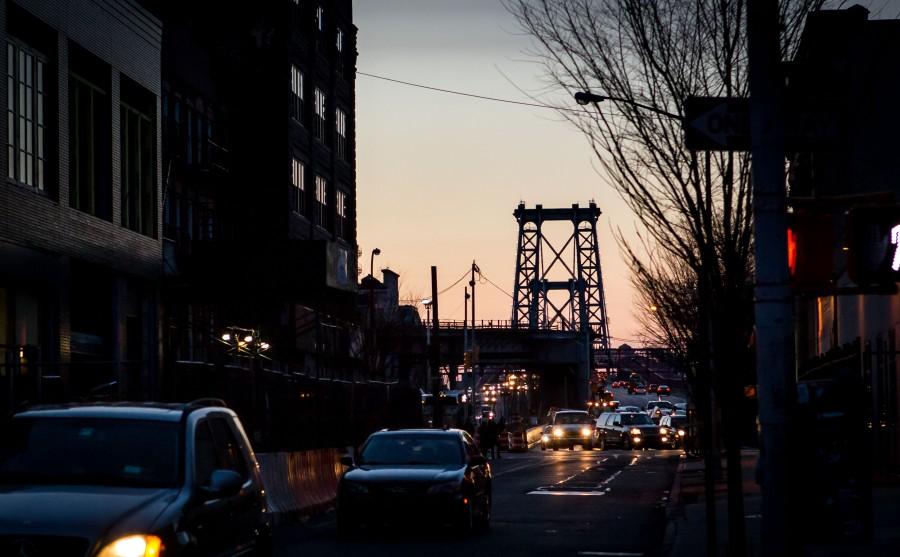Students Flock to Brooklyn, Gentrification and Rising Prices Follow
Williamsburg is one of the many areas of Brooklyn that are facing rapid development.
March 2, 2016
Once considered Lower Manhattan’s unsightly neighbor, Downtown Brooklyn has emerged from two decades of unprecedented growth as a paragon of successful urban development. According to a report released last week by NYU Wagner’s Rudin Center, Downtown Brooklyn Partnership and Appleseed Inc, 14.3 million square feet of new or rehabilitated spaces have been created in Brooklyn since 2004.
The report attributes Downtown Brooklyn’s dramatic rise to a combination of shrewd public policies and infrastructure investments, plummeting crime rates, overall city-wide economic growth and an increasing cost advantage over Manhattan.
Mitchell C. Moss, an NYU Wagner professor and a co-author of the report, said he sees an intimate connection between the NYU community and the demographic shifts transforming Brooklyn.
“What’s happening is young, smart, creative people used to go to Greenwich Village and now they go to Brooklyn,” Moss said. “NYU graduate and undergraduate students are moving there en masse.”
CAS junior Stephen Kho moved to Brooklyn in February and said the borough is an attractive place to live for college students due to cheaper rents and flourishing art and music scene.
“It’s a much slower pace than Manhattan,” Kho said. “People are still very young there. You still feel the energy, but it’s a part of the city that does sleep.”
Brooklyn’s popularity is not the only thing on the rise. Brooklyn’s average rental price of roughly $2,720 is rapidly closing in on Manhattan’s $3,870. The markets in Dumbo, Downtown Brooklyn and Fort Greene are already more expensive than some Manhattan neighborhoods.
As rents across the borough skyrocket, long-time Brooklyn residents must grapple with the sobering reality that their neighborhoods may quickly become victims of their own success.
CAS senior and Brooklynite Maurice Reid Jr. recalled the wave of gentrification that displaced residents of his native Red Hook after an IKEA store opened there in 2008. He said he saw the same thing happen in Fort Greene after the opening of Barclays Center in 2012. Perhaps not coincidentally, Wagner’s report cites the Barclays Center as one of the shining examples of urban development.
26-year-old Dayana Lyric, a chef who lives in Bushwick, fears the newcomers she sees trickling into her neighborhood mark the beginning of another round of gentrification that could wipe out the members of her community.
“All I know is if rent keeps going up… I won’t be able to live here,” Lyric said. “I know crazy rent is chasing y’all college kids out of the city, but what about the people already living here? You’re going to chase us out too, huh?”
Email Alexander Kario at [email protected].
















































































































































Molly • Mar 2, 2016 at 8:32 pm
So true!!!